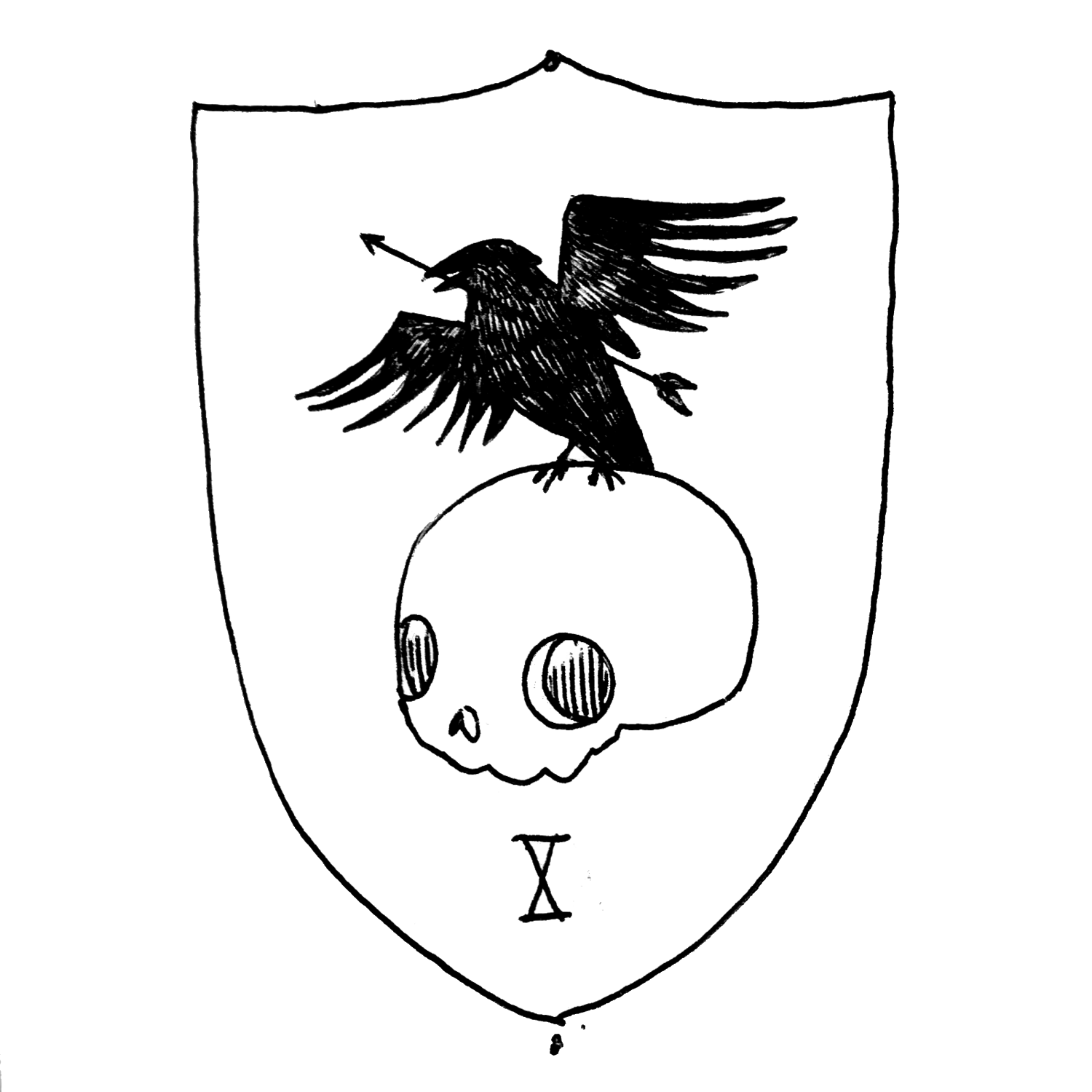5e World
For some reason, if I am not rolling a d20, I am not playing D&D. While I enjoy and appreciate the fluid action of Dungeon World and other Powered by the Apocalypse (PbtA) games, I have this urge to roll a d20 every time I act. 2d6 just doesn’t do it for me. In the last couple of years, I have spent a lot of brain space trying to mash the two systems together.
Dungeon World (and other analogous PbtA games) solve many of the problems I have with classic D&D (encounter heavy games, less chance for narrative development, boring and unnecessarily long combat). These other systems focus on driving the action forward, which keeps the combat from breaking down into a clunky turn-by-turn battle. A lot of heavy lifting is done by the Failure/partial success/complete success states that PbtA offers.
If you are unfamiliar with the system, you roll 2d6, add your modifier (if any) and if you roll a 6 or lower, you “fail” on a 7-9 you “partially succeed” where there is a cost to your success, and on a 10+ you “fully succeed” and get away scot-free of immediate consequences. And, because I have a MIGHTY NEED to roll a d20 when I play role-playing games, I want to port this to some kind of d20-based D&D game.
Looking at the math.
For a beginning character in Dungeon World, their highest (i.e., primary) stat starts with a +2 bonus. This means you really need to roll at least a 5 on your 2d6 to get your partial success and an 8 to get your full success. Because of the bell curve nature of rolling multiple dice, a beginning character has a 16% chance to fail, a 42% chance to partially succeed, and a 42% chance to fully succeed. A fully-fledged Dungeon World character gets a +3 bonus to their prime stat and becomes even more of a powerhouse as the bell curve rears its statistically neutral head. Characters with +3 in Dungeon World fail only on a 2 or 3 (8% of the time), partially succeeding on a 4-6 (33%) and fully succeeding on rolled 7 or above (58%).
In 5e the bonuses have a bigger range. Characters generally start at a +5 (+3 bonus from their primary stat mod, plus a proficiency bonus of +2). We can roughly approximate that same curve by stating that a partial success starts for 5e character at a 10 and a full success starts at a 20. That gives us a failure rate of 20% (4-9), 50% to partially succeed (10-19), and a 30% chance to fully succeed (20-25). It's not perfect, but it is damn close to a Dungeon World starting character. As an aside, it's also memorable. Your targets are the nice, big, round numbers “10” and “20”.
If a 5e character gets to level 20, the bonus on their primary attack (sans magical items) would be +11 (+5 for 20 in their primary stat, and +6 for their proficiency bonus) which leads to a chance of failure of 5% (we assume a natural 1 is a fail state), the chance to partially succeed is 35% and a full success is 60%. Again, this is very close to a Dungeon World character with +3 in their stats.
A D&D 5e character is more granular, but using 9- as a failure, 10-19 partial success, and 20+ as full success, we can align the power level of characters in Dungeon World to characters in 5e.
Additional Problems
While on a basic level this works, you can’t just port it to 5e D&D without significant work: There is a whole series of 5e mechanics that would just break the game. The Fighter’s Archery fighting style (where the player adds a straight-up +2 to ranged weapons attacks) and the Rogue’s expertise trait (add double your proficiency bonus to a skill) would easily break these scales. Rogues of a sufficient level would just never fully fail. Furthermore, any magic items with a +to hit bonus push the bonuses outside the relevant range. Also to use the 10 and 20 target numbers, you are wedded to the proficiency bonus mechanic and how 5e calculates modifiers and whatever baggage that entails.
Oh, and you would have to rewrite all the classes, spells, and monsters to fit a PbtA system.
But its a start
With some effort, one could rewrite simple games like World of Dungeons 1979 to bring it closer to traditional D&D or rewrite Basic 5e or Basic Fantasy to bring it closer to the Dungeon World hack no one wanted. Plus you get the best of both worlds, where one can roll your d20, and get the narrative first action of PbtA.

